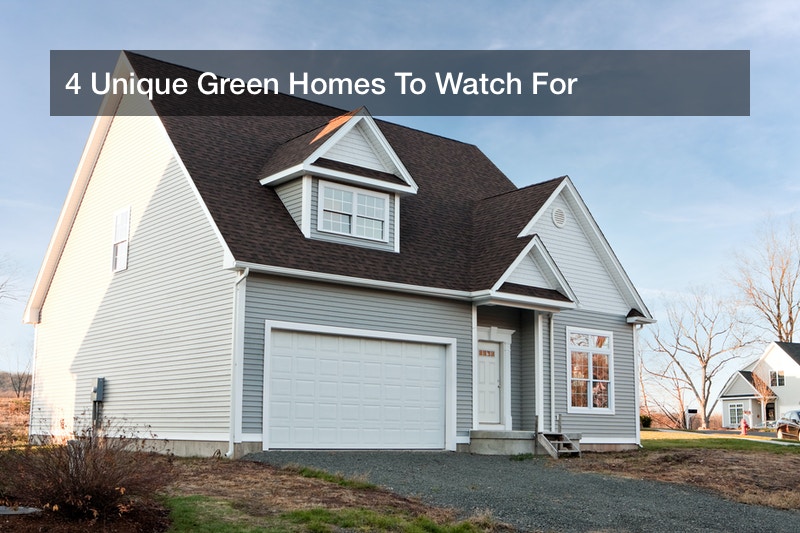Glendale Bans Billboards Near Loop 101

The city of Glendale, AZ, recently denied the request of a billboard company to place ads along the stretch of highway near Loop 101 and Bell Road. It has been a long and arduous fight for the residents of Glendale, who prefer to maintain the serenity their neighborhoods currently offer.
Glendale is a city split into two distinctly contrasting sides. The northern side boasts views of creeks, deserts, and hills, while the southern end is a bustling metropolis; residents like the city’s split personality and do not want to see changes to the serene northern side.
There already exists on the southern side of Glendale, along Loop 101, a three-mile stretch in which 10 electronic billboards, each a towering 65 feet tall, line both sides of the freeway.
The concept of a “scenic-corridor” was established after a year of consideration by municipal officials and a public meeting with nearby residents. As a result, Glendale’s City Council voted in February to ban billboards along a five-mile section of the freeway with the intention of protecting the scenic views, preserving the surrounding nature, and appeasing residents who worry about the noise, the lights, and the possibility of losing property value.
Suellen Brady-Nugent, a resident of the area, commented, “Personally, if I had a bright billboard shining in my house at all hours of the day and night, it would affect my quality of life and property values.” Residents of northern Glendale fear that the billboards would change the atmosphere of their neighborhoods.
Billboard regulations for the northern portion of Glendale are based on standards already in place in Phoenix along Loop 101, according to Glendale Planning Director John Froke. “We’re trying to basically establish a pattern of landscaping and open space, as well as prevent the billboards,” Froke commented.
Glendale, AZ, is not the only city with controversial viewpoints on billboards. In Los Angeles, the police department is working with billboard company Clear Channel Outdoors to have safety messages put on digital billboards. However, residents of L.A. worry that these digital billboards, while promoting driver safety, are simultaneously contributing to the many distractions they are warning against.
Concerned citizens argue that billboards will distract drivers, even if the message is one intended to protect them. A general rule of thumb in advertising is to add an inch of height to the font for every foot away that viewers will stand. Therefore, if a driver is meant to read a billboard that is around 100 feet away, the size of the text will need to be enormous, and thus incredibly distracting.
Newport Beach attorney Jim Ballidis reports that, “Digital billboards have garnered widespread criticism from safety advocates and lawyers in Orange County, Los Angeles, and throughout California who claim they pose a significant distraction to drivers and, as a consequence, contribute to car accidents.”


